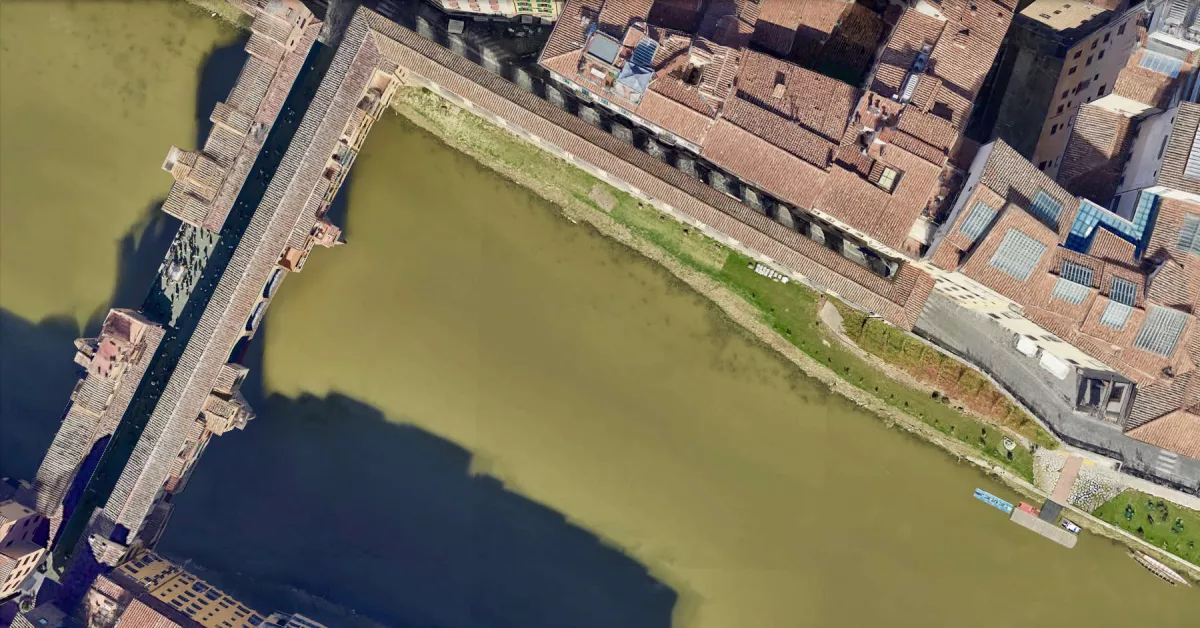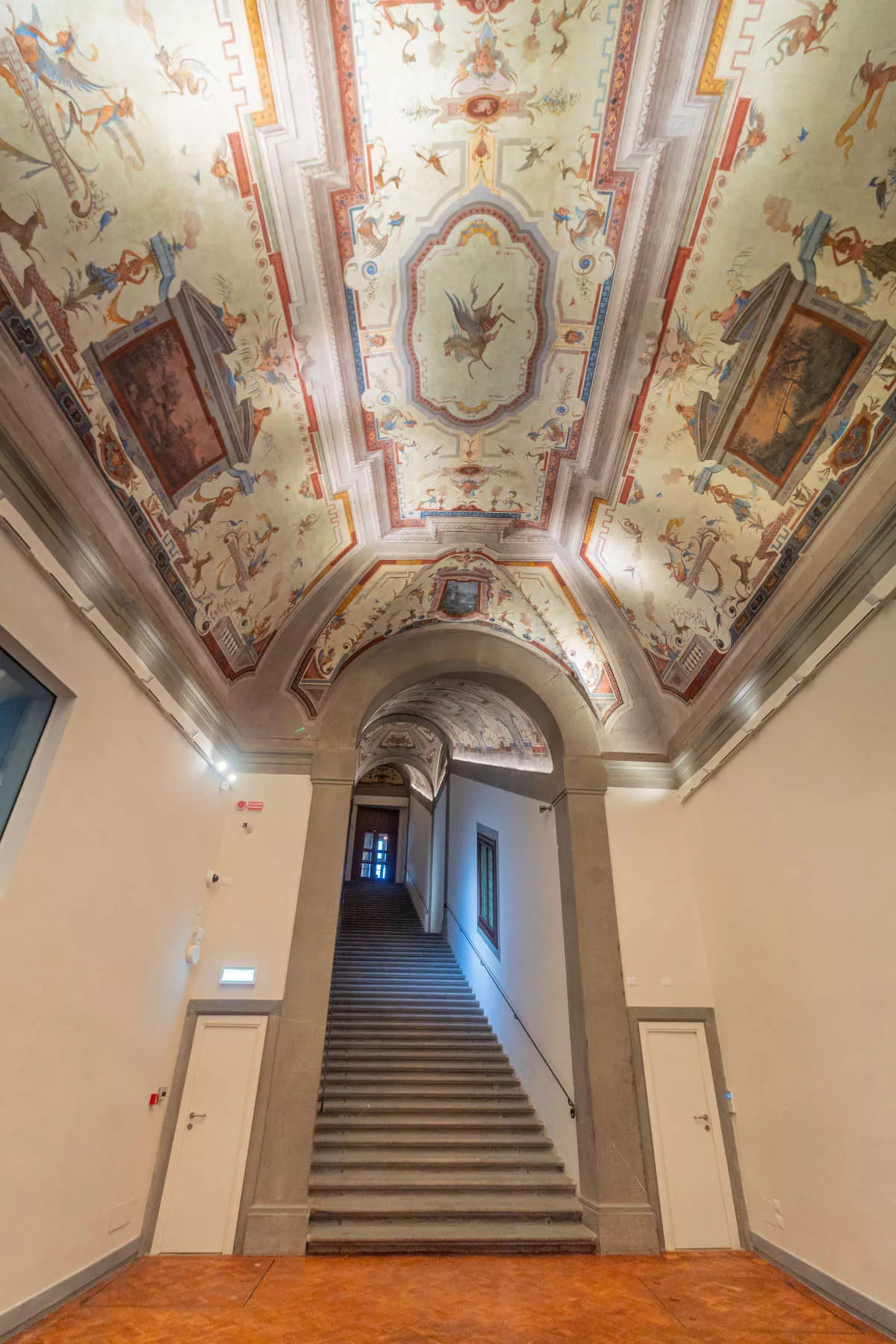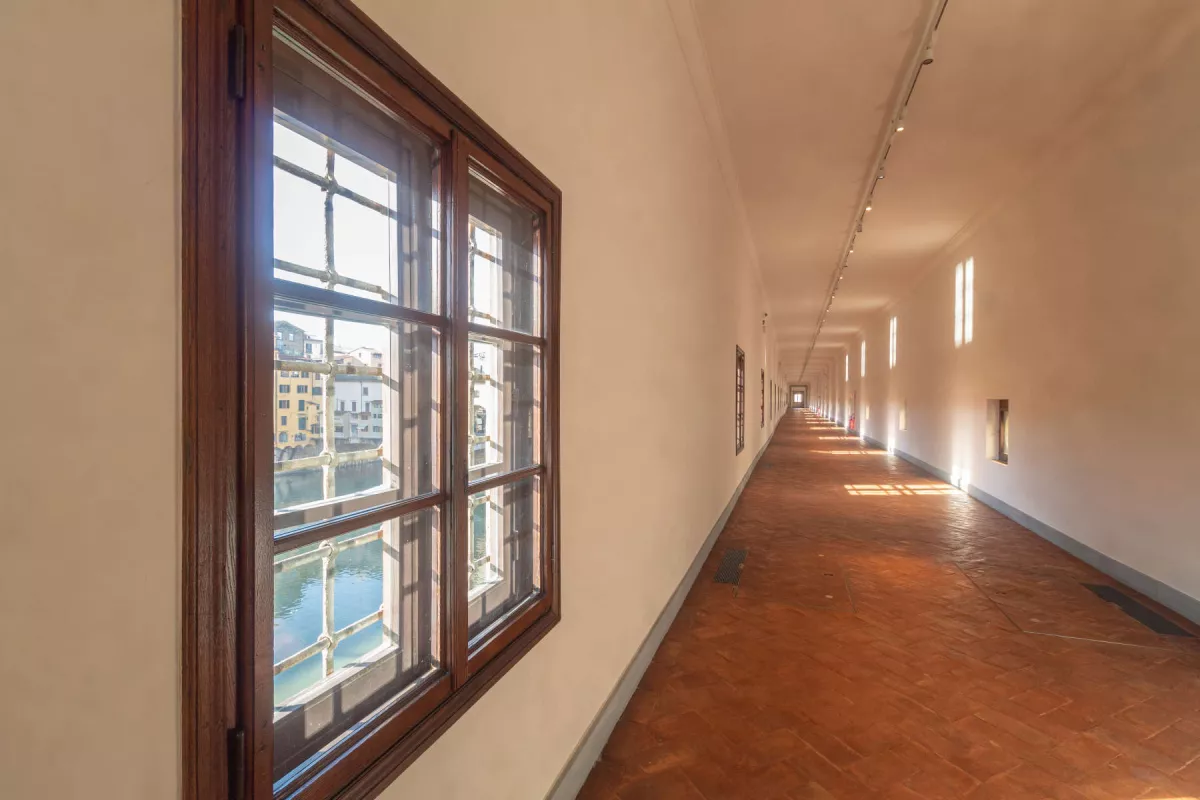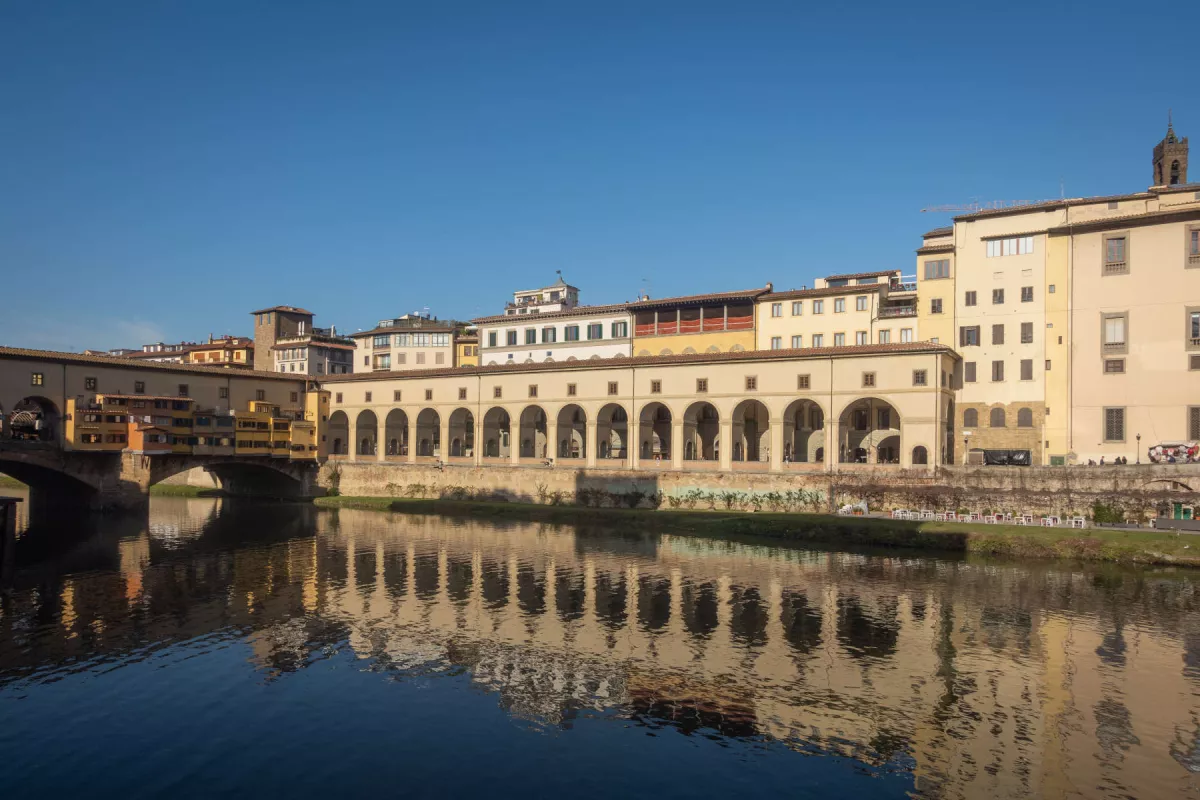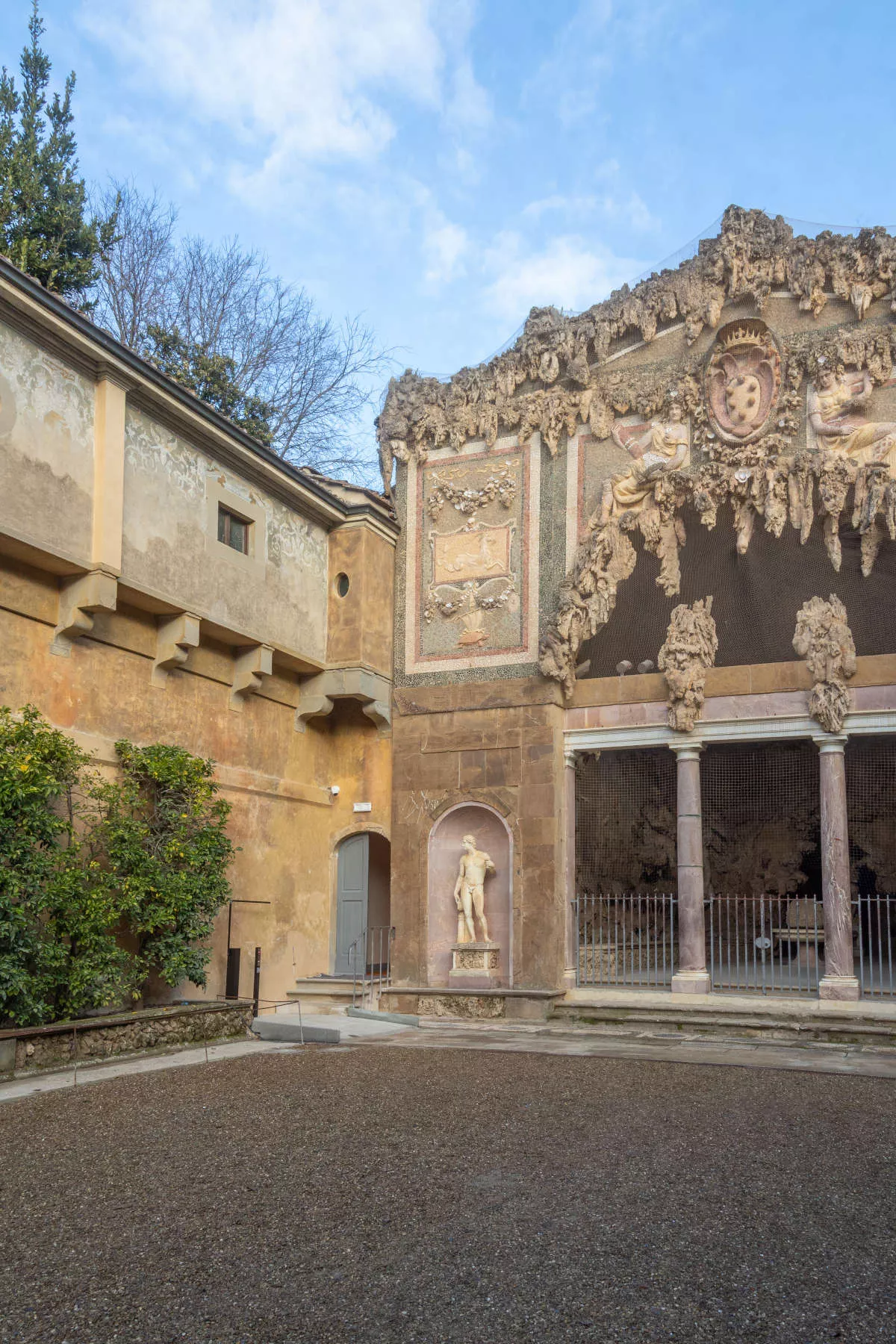Medici dynasty's secret corridors open to public for first time
The Vasari Corridor, an elevated passageway in Florence built by the esteemed Medici dynasty in 1565, has opened its doors to the public for the first time after an eight-year restoration. Spanning 760 meters, the corridor connects the Uffizi Gallery to Palazzo Pitti across the Arno River. Originally constructed by Giorgio Vasari for Duke Cosimo I de’ Medici, arguably the most influential member of the family, it allowed the rulers of Florence clan to commute discreetly and safely between their palace and government offices, avoiding interactions with the public.
Simone Verde, director of the Uffizi Gallery, described the reopening as a democratization of the corridor: “We are making the corridor democratic — everyone can now enjoy an amazing view of Florence you can’t get anywhere else.” The restoration enhances access to stunning rooftop perspectives of Florence, including glimpses into piazzas and private residences below.
Reopened on December 21, the corridor historically served as more than a pathway. It housed the Medici art collection and symbolized political power, culture, and spirituality. Its design drew inspiration from Vatican passageways like Bramante's corridor linking the Apostolic Palace with a villa. As cited by the British The Times publication, Verde noted its historical significance, saying, “The corridor was designed to link political power, spirituality, and culture.”
According to the Italian art publication Finestre sull' Arte, the Vasari Corridor traverses iconic locations in Florence. It passes over Ponte Vecchio, where the Medicis replaced butcher shops with goldsmiths to eliminate unpleasant smells, and cuts through Santa Felicita church, allowing the Medicis to attend services privately. The corridor also bears the scars of history, such as damage from a 1993 car bomb attack by the Sicilian mafia, which killed five people and damaged the Uffizi Gallery and parts of the corridor.
During its historical use, the corridor also became a stage for political propaganda. Benito Mussolini showcased it to Adolf Hitler during a 1938 visit, a gesture some historians link to the Nazis’ decision to spare Ponte Vecchio during World War II bombings.
The restoration not only revitalizes the corridor but also aims to address Florence’s overtourism by redistributing visitors. “We can tackle overtourism by spreading visitors out, while giving people the chance to travel across the physical and architectural connection between the two parts of the collection,” Verde explained. Visitors can now follow a route from the Uffizi Gallery, famous for Botticelli’s Birth of Venus, through the corridor to Palazzo Pitti and its treasures, including works by Caravaggio, Raphael, and Tintoretto.
Palazzo Pitti, less frequented than the Uffizi, houses the Medici’s accumulated wealth, bright frescoes, and opulent apartments set to reopen in January following a five-year restoration. Verde hopes the €18 ticket to the corridor will encourage visitors to explore the palazzo and experience the interconnected history of Florence. “From now on, when you enter the Uffizi you are part of a system created by the Medicis,” he said.
To celebrate the opening, music will be played in the corridor on its first day. Verde clarified the intention to preserve the corridor’s authenticity: “But only for that day — we don’t want to be Disneyland.”
By Nazrin Sadigova




